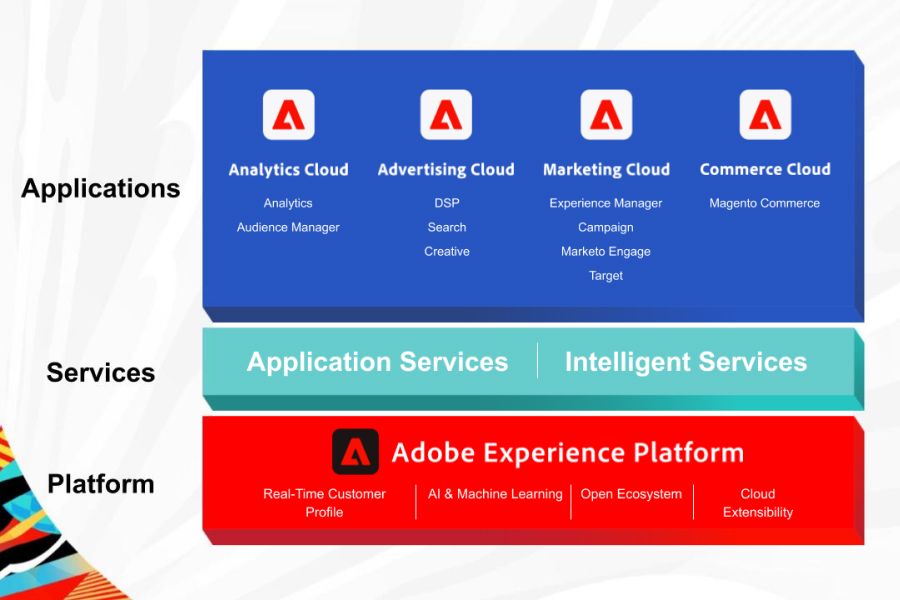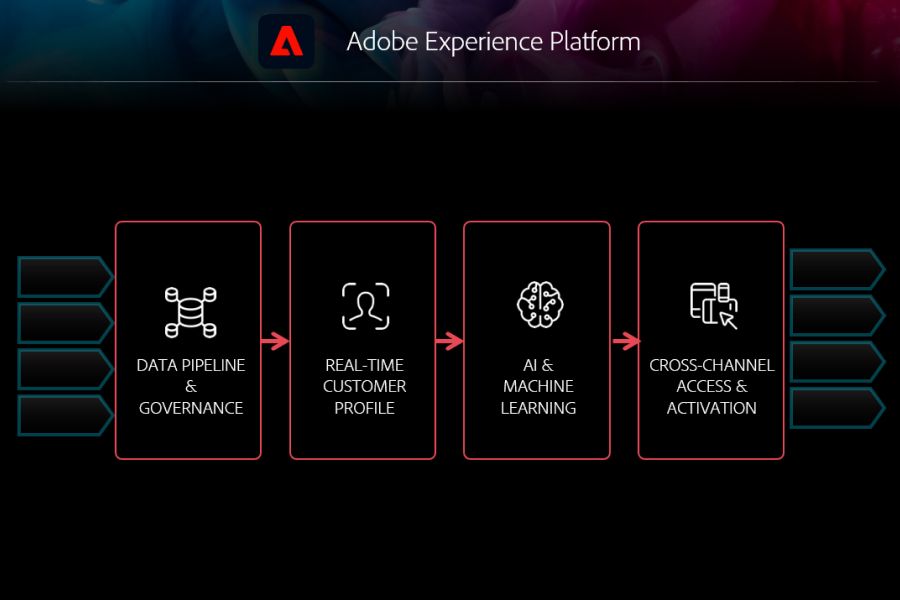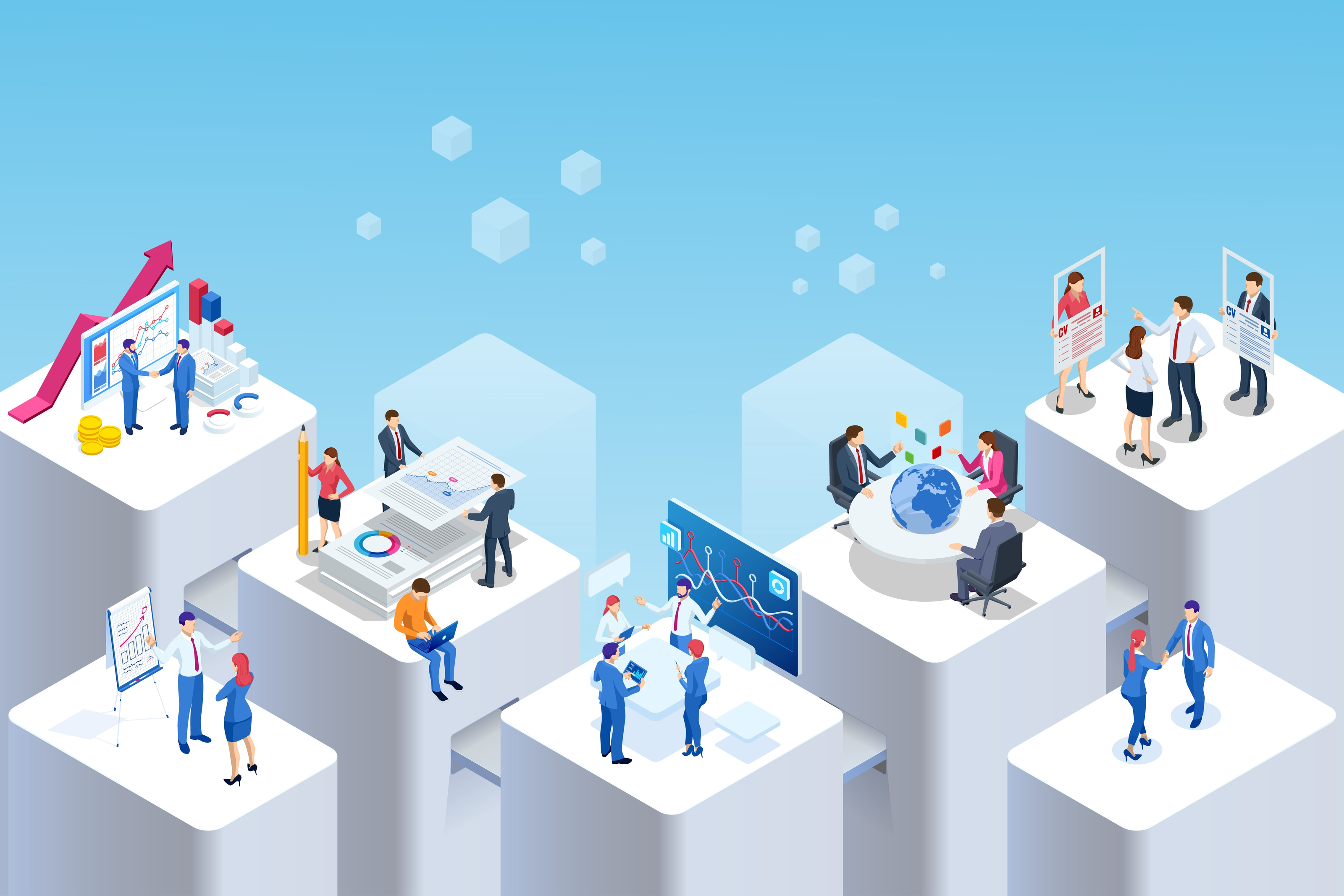Merkle: The Adobe Experience Platform complements the Adobe Experience Cloud - what's behind the solution?

Jasmin: The AEP forms the basis for all other services and tools that Adobe offers. The idea: a platform on which all data is united - customer data and anonymous data. Various services and applications, such as the Marketing Cloud or the Analytics Cloud, are then based on this platform.
So companies should work with one platform from start to finish. This platform not only combines the data, but also delivers the insights and handles the transfer to other tools.














